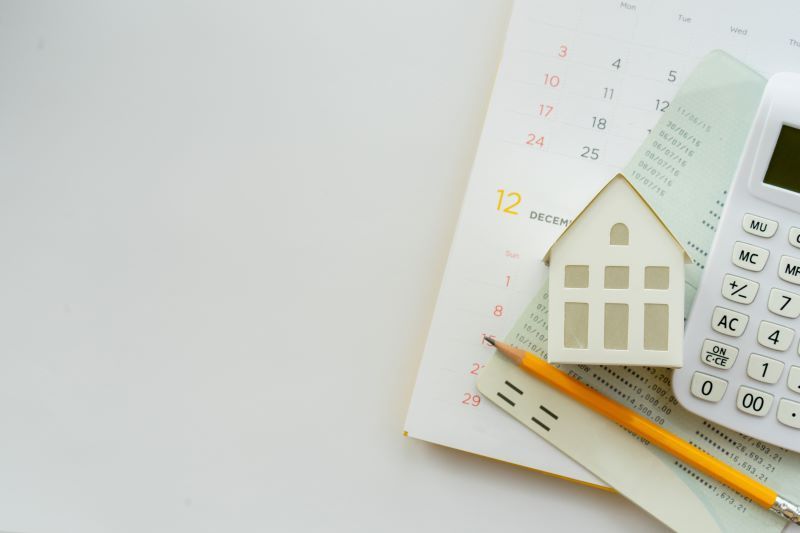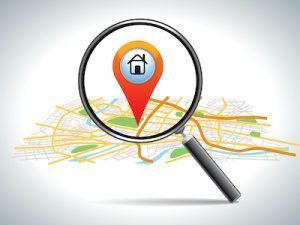APR vs. Interest Rate: What’s the Difference?
You might encounter the terms APR and interest rate when you shop for a home mortgage. It’s easy to confuse the two because your interest rate and your APR serve a similar function. However, there are a few differences that you need to know.

What is an interest rate?
A loan’s interest rate represents the amount you’ll pay for borrowing money over a period of time. No origination fees, closing costs, documentation fees, or other charges related to your loan are included.
You’ll always see your interest rate expressed as a percentage. You’re responsible for paying back both the initial amount you borrow (your principal) plus any interest that accumulates on your loan.
How your interest rate is determined
Lenders can set their own interest rates and fees within legal limits, and different borrowers get different rates.
The interest rate you’re offered will be based on a number of factors:
- Credit score.
- Loan amount.
- Debt-to-income ratio.
- Down payment amount.
- Length of the loan. Generally, the shorter the repayment term, the lower the rate.
- Where you live. The interest rate in some regions of the country is higher than in others.
- The type of credit you applied for. For example, a credit card normally carries a higher interest rate than a mortgage or auto loan.
- The fees you pay for the loan.
Anything that you do to lower the risk for your lender will in turn lower your rate. The first thing that you can do is raise your credit score. Lenders see you as riskier if you have a low credit score. You can also lower your interest rate by choosing a government-backed loan. Government-backed loans (such as VA loans, FHA loans and USDA loans) are insured by the federal government. This means that if your home goes into foreclosure, the government body that backs your loan will pay your lender back.
What is APR?
Annual Percentage Rate, or APR, reflects the interest rate PLUS other charges that you may incur. While it does include the interest incurred on the credit, it also takes into account all of the other fees that may fall outside of this one variable.
The fees depend on the type of loan you’ve applied for. Here are some of the fees you can expect to see:
- Application fee: The fee some lenders charge to apply for a loan.
- Origination fee: An upfront fee designed to compensate the lender for putting a loan together.
- Underwriting fee: A fee charged for the underwriter who reviews your application and decides whether to grant credit.
- Document fee: Lenders often bake this fee into the loan to cover the effort it takes to draw up the documents you’ll sign.
- Dealer prep: Auto dealers normally slip this fee into their APR, saying they’ve earned it for preparing a vehicle for sale.
- Processing fee: A general term for any extra fees a lender hopes you’ll pay. Many are negotiable.
Unfortunately, you have less control over your APR compared to your interest rate. Your lender controls the other factors that go into your APR like discount points and broker fees.
Though there are some things you can do to lower your APR, such as avoiding private mortgage insurance by offering at least 20% down, the best way to get a better rate is to compare lenders.
It’s important to note that there are different types of APR. Loans are typically offered at either a fixed rate or variable rate. A fixed APR means that the interest rate will not change during the life of the loan. A variable APR, on the other hand, indicates that the interest rate may fluctuate during the course of the loan duration.
Both of these loan types will have their pros and cons but it’s important to understand that a variable APR will typically follow the market interest rate. This could either save you money or cost you money in the long term.
The post APR vs. Interest Rate: What’s the Difference? appeared first on Owings Mills & Lutherville Mortgage.










Are You Ready to Get the Ball Rolling on Your Mortgage?
Get in Touch With a Mortgage Expert
NMLS# 150953
© 2024 All Rights Reserved | Luminate Home Loans, Inc.

